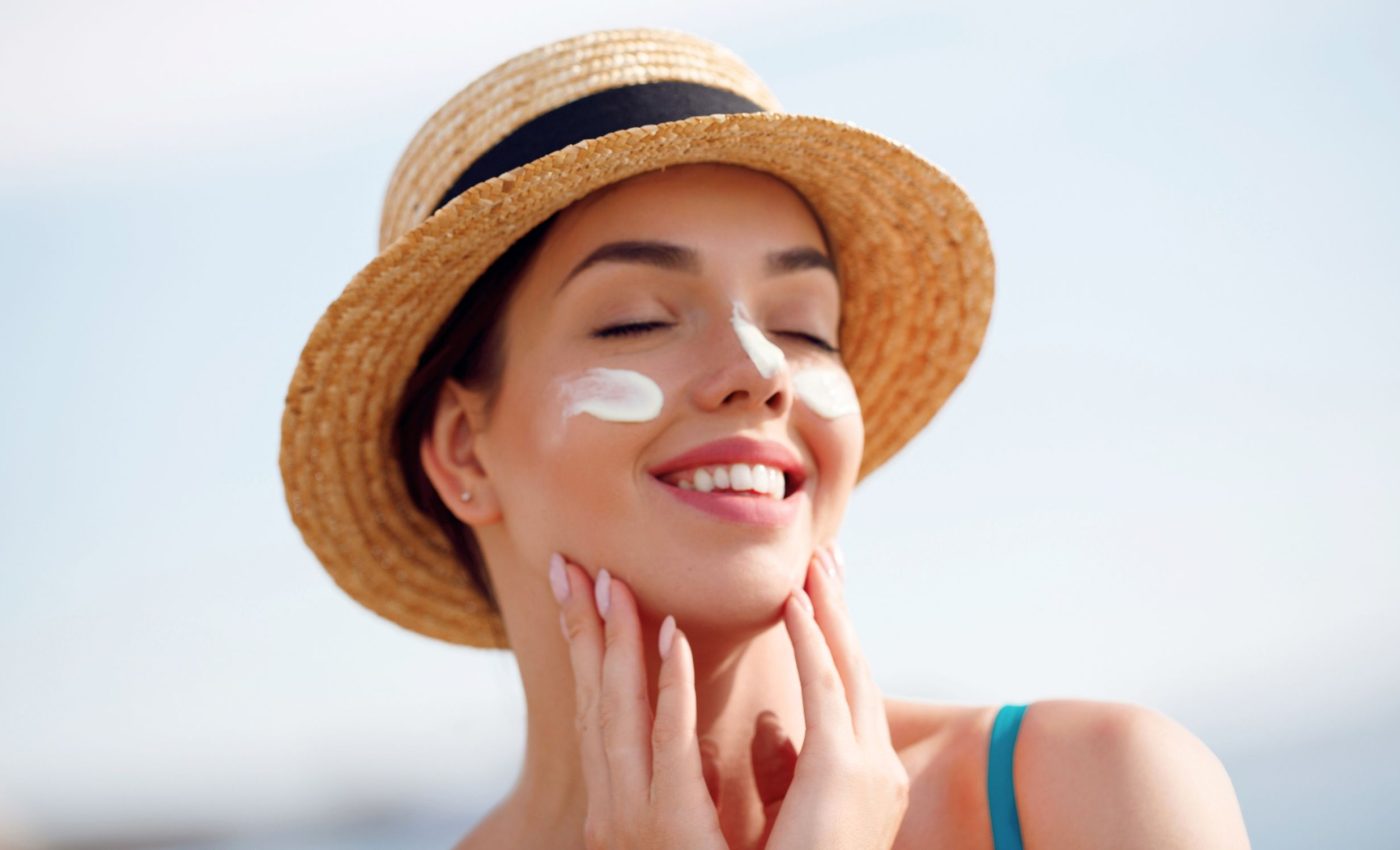
Our skin's bacteria could be a natural sunscreen
On May 13, 2025, scientists announced intriguing findings about the protective role of skin bacteria against sunlight. The research highlights how certain microorganisms on the skin might reduce the harmful effects of ultraviolet (UV) radiation.
The scientists studied how some skin microbes adjust our response to UV exposure by breaking down a compound called cis-urocanic acid. This discovery sheds new light on how the skin’s microscopic allies could influence sun-related health issues.
The study was led by Dr. VijayKumar Patra from the International Center for Infection Research in Lyon, France, and the Research Unit for Photodermatology at the Medical University of Graz in Austria.
Dr. Patra and his colleagues uncovered how the skin’s bacteria might influence sun-induced effects through a specialized metabolic process.
Skin bacteria reduce UV damage
The skin’s outer layer, known as the stratum corneum, is home to many microorganisms that coexist with our cells. Researchers have found that these organisms adapt to the skin’s available nutrients, creating products that can affect local immune responses.
One key factor is how the microbiome deals with sun-triggered molecules. By handling these molecules, microbes shape how skin cells react to environmental challenges.
The experts observed that certain strains thrive when cis-urocanic acid is present, hinting at new ways to view sun protection.
Skin microbes and immune responses
Scientists refer to cis-urocanic acid as an immunosuppressive molecule that can tamp down local defense mechanisms. This property is helpful in some cases, but it also raises concerns about skin damage if the immune system is weakened at the wrong moment.
Investigators found that microbial metabolism can reduce the impact of cis-urocanic acid on immune cells. They discovered a clear tie between bacterial growth patterns and skin’s ability to respond to sun exposure.
“This is the first time we have demonstrated a direct metabolic link between UV radiation, a host-derived molecule, and bacterial behavior that affects immune function,” said Dr. Marc Vocanson, from the French Institute of Health and Medical Research (INSERM).
The research illustrates how basic skin processes and microbial communities interact in surprising ways.
The findings strengthen the idea that the microbiome helps manage signals that keep our skin healthy. They also suggest that interactions between bacteria and immune cells can shift with changes in the environment.
What happens inside sun-exposed skin
When the skin is hit by UVB rays, a common type of ultraviolet radiation, a molecule called trans-urocanic acid in the outer skin layer changes form. It turns into cis-urocanic acid, which has strong effects on immune activity in the area.
This transformation isn’t just chemical – it has real consequences for how the skin reacts to threats. Cis-urocanic acid tends to suppress immune responses, which might help with inflammation but can also make the skin more vulnerable to infections or cancer-causing mutations.
New ways to protect skin
Dr. Peter Wolf is an expert in the research unit for photodermatology at the Medical University of Graz.
“These findings open the door to microbiome-aware sun protection, where we not only protect the skin from UV radiation, but also consider how resident microbes can alter the immune landscape after exposure,” said Dr. Wolf.
This perspective could influence the design of sunscreens and after-sun care. Experts note that any new approach will need to account for the balance between cutting down damaging UV effects and preserving beneficial functions.
The research may ultimately reshape how physicians use UV-based therapies for conditions like psoriasis or dermatitis.
Using bacteria to heal skin
Changes in the microbiome might influence how sunburns develop or how quickly skin recovers after strong UV exposure. Some scientists are already investigating how lotions with helpful bacteria could support skin repair.
At this stage, there is still plenty to learn before these ideas translate into clinical treatments.
The researchers stress that controlled studies are needed to confirm the best way to keep the skin microbiome stable while reducing UV risks.
Skin bacteria and UV protection
“This pivotal study shows that microbial communities are not passive victims of environmental stress but dynamic regulators of immune responses, capable of metabolizing UV-induced skin products such as cis-urocanic acid,” said Dr. Anna Di Nardo of UC San Diego.
She noted that skin bacteria can shape how our bodies deal with UV-induced changes, highlighting the significance of microbial metabolism as a factor in skin health.
Dr. Di Nardo also mentioned growing concerns about sun damage and the potential role of beneficial microbes in preventing long-term effects.
Scientists across dermatology and immunology agree that this link between microbes and UV response holds promise for better prevention strategies. It also raises questions about whether tailored skincare could tap into these microbial interactions in the future.
The study is published in the Journal of Investigative Dermatology.
—–
Like what you read? Subscribe to our newsletter for engaging articles, exclusive content, and the latest updates.
Check us out on EarthSnap, a free app brought to you by Eric Ralls and Earth.com.
—–













